Salt Fever
Subscribe Now!Bonneville racers make annual pilgrimage to 'Get on the salt'
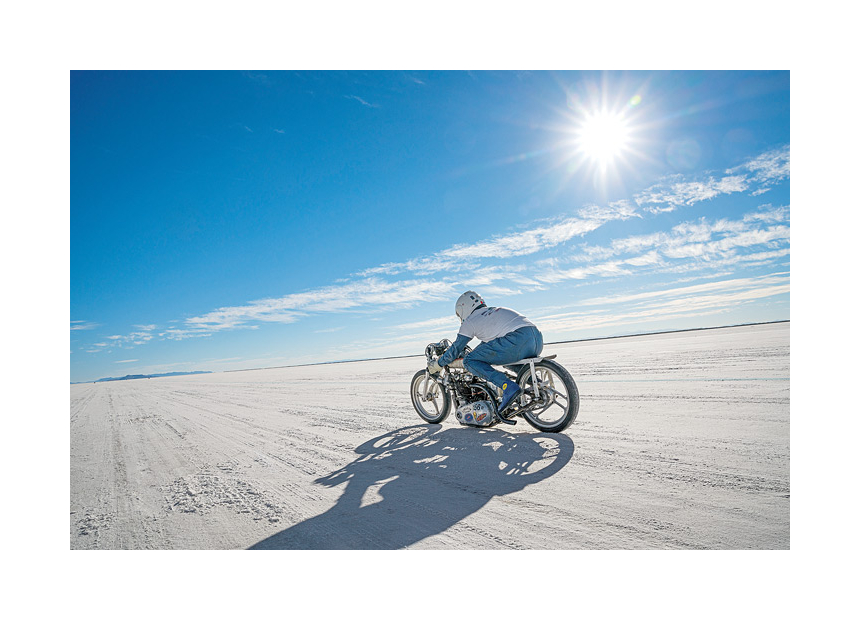
“Once we turn on the nitro methane, there’s no going back,” said Alp Sungertekin before taking off on his 1950 Triumph. At 168.518 mph, he easily beat the old world record in his class of 123 mph during the 2018 World of Speed land speed races at the Bonneville Salt Flats.
CHRIS AMUNDSON
THE AIR IS cool on a September Friday night as the sun begins to settle below the Silver Island Mountains on the north edge of the Bonneville Salt Flats.
Gearheads, speed addicts and their families from across Utah, North America – even New Zealand – fine-tune, tweak and, in some cases, completely rebuild engines that had exploded earlier in the day. They’ve come to the desert at Wendover to pursue speed – pure speed.
They’re not racing for trophies. Or prizes. Or even against each other – directly. They race against the record books. In the world of land speed racing, the epicenter is 125 miles west of Salt Lake City on an ancient lakebed covered with a thin crust of salt.
They compete in a dizzying number of classes and vehicle specifications. There are factory-built motorcycles and cars, and cars that look like airplanes without wings. The vehicles are powered by factory motors, engines built in garages, and by jet turbines designed to lift military transport helicopters. There are coupes, sedans, sports cars and diesel trucks that leave a wake of black smoke lingering over the sea of white salt.
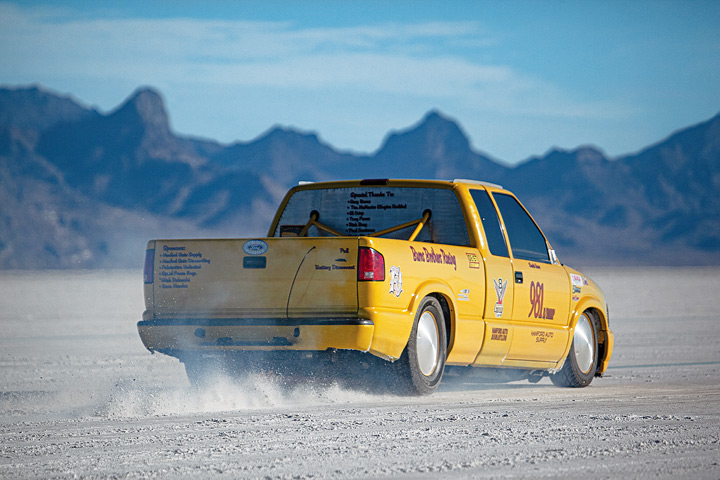
Some drivers and crews are newbies. Others are families who’ve been returning for decades on a quest to fulfill a speed gauntlet laid down by their fathers and grandfathers.
Here at the Salt Flats, the ground is, well, flat. The salt is crusty in some places – briny wet in others. It crunches under your feet and tastes like table-salt-flavored rock candy.
As the sun sets, the mirage shimmer of the afternoon heat settles away and reveals the crisp line of the horizon. Look to the east and you can see the curvature of the Earth with distant mountains poking above like the mast of a ship. That long, straight stretch into the distance teases those who want to go fast … and not go to jail for it.
Land speed racers have their pick of two courses here. Fancy names aside, at 1 mile in length, the shorter is called the “Short Course.” The other, at 5 miles, is simply the “Long Course.”
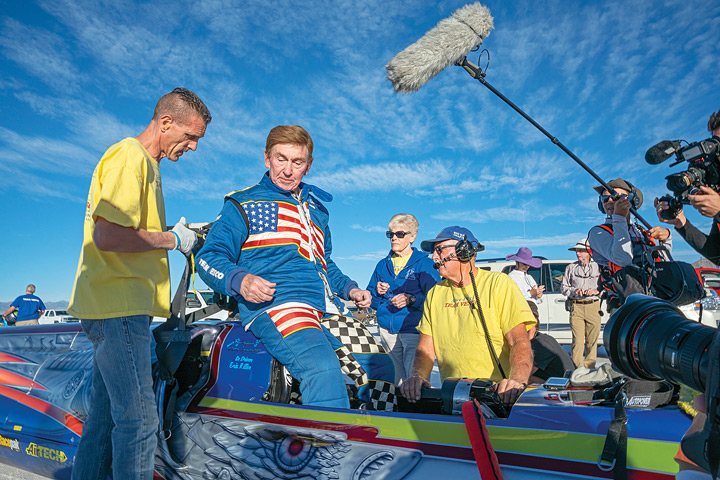
The September racing event, called World of Speed, is midway through a Bonneville Salt Flats race season bookended by bigger racing events. World of Speed is old-home week compared with the other events. With a few hundred cars and spectators coming and going, World of Speed is small, intimate, personal. It’s organized by the Utah Salt Flats Racing Association, whose board members and volunteers hail from Salt Lake City, Tooele County and across Utah.
At World of Speed, spectators have every opportunity to mingle with racers and crew members. They can park near the pits and walk through as crews turn wrenches. The crew members, even drivers, often stop and explain aerodynamics, racing classes and engine details. Spectators can drive right out to the starting lines and see the vehicles up close until seconds before they launch into the white horizon.
At the starting line, the raw energy of the engines rattles the eardrums. But, rubbing shoulders with drivers and their crew members gives a genuine, real-life glimpse into the people behind the vehicles.
Jeanne Nelson’s son, Russell Nelson, is driving in the F Fuel Lakester class on what’s called a license run. After he’s licensed, he can drive as fast as his highly modified four-cylinder engine will take him.
Jeanne recalls physically shaking from adrenaline after her boy’s first run. “My husband had already done it, and I cried the first time he took off,” she said. “When my son took off, I cried again.”
She’s a supportive wife, mother and crew member. Her son is gunning for the 223- mph record in his class. His dad dreamed of running his own car at Bonneville – now Russell is in the same car.

It’s not known whether racing at Bonneville Salt Flats is a habit, addiction or illness, but those who come back each year can pinpoint exactly when they came down with “salt fever.” Once it grabs hold, the desire to get back “on the salt” never seems to release its grip.
Bobby Urwin contracted salt fever in 2012 when he made his first trip from rural Calgary, Alberta, Canada. A retired oil field engineer and now a farmer, Urwin grew up consuming car magazines with cover stories about Bonneville racing legends like Burt Munro and Ab Jenkins.
While other motorsports have big names, big sponsors and big money, Bonneville land speed racing is mostly homemade engineering, primarily with vehicles that were not originally built to go as fast as they do now.
Urwin recalls meeting two brothers who were racing a Pontiac GTO at more than 200 mph. The words “Thanks Mom” were painted on the air dam. One of the brothers told Urwin their mom used to drive them to school in this car.
Now that the GTO is modified to go fast, really fast, what does Mom think of her car?
“Well,” they said, “she’s not too impressed.”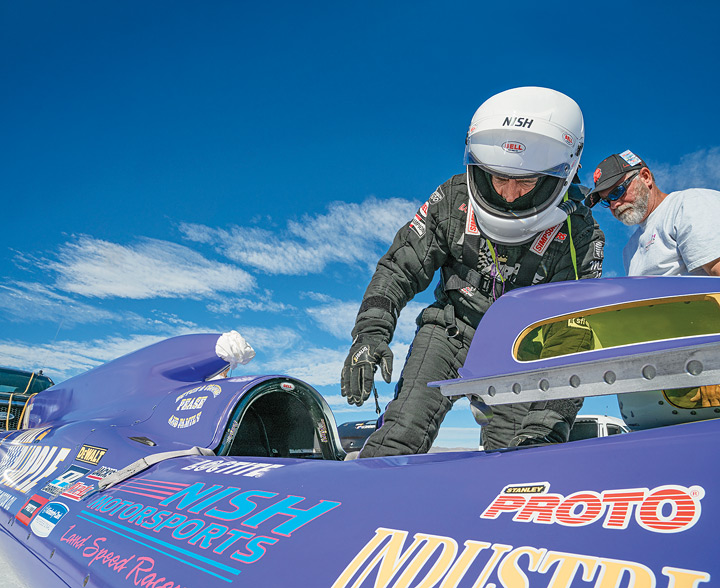
If only the brothers’ mom knew what kind of skill it takes to drive on the salt. Some say it’s like driving on an endless parking lot, only this parking lot can be slippery and unpredictable, especially at high speeds. The salt retains water, which cools the tires and keeps them from shredding into oblivion under high speed … sometimes. The salt also can make steering corrections defiantly difficult as the vehicles can float and veer off course. Oh, and don’t even ask about the effect of a little crosswind when driving 300, 400 mph.
“The slightest movement of your steering wheel will take you off track,” said Bob Dalton, veteran driver of a blown fuel streamliner (a long, narrow, supercharged car) called Flashpoint.
Many of the fastest vehicles that run at Bonneville have low gear ratios to help them run at high speeds with low engine revolutions. They don’t do slow speeds well, so they need a push to get them pointed down the track.
“First gear takes me to around 240 mph,” Dalton said. “Surprisingly, the track gets really small when you’re going that fast.”
On the day we spoke to him, Saturday, he told about traveling 395 mph, drifting off the track and through the barricades. “Now the emergency guys follow me every time I run,” he said. “And when they’re not carrying fire extinguishers, I’m pretty happy.”
On the Sunday of the 2018 World of Speed, Dalton was nearly finished with his Long Course run. At 427 mph, the left rear tire disintegrated, which sent Flashpoint airborne and then careening across the salt near the finish line. He escaped uninjured and is back to racing.
“You gotta have a sense of humor about this,” he said on the Saturday before the crash. “Some people go through life and wallow around in the gray twilight, as Teddy Roosevelt once said, not knowing victory or defeat, just going through life. Some of these things we should just go for, because that way you will know it. You’ll know what happens.”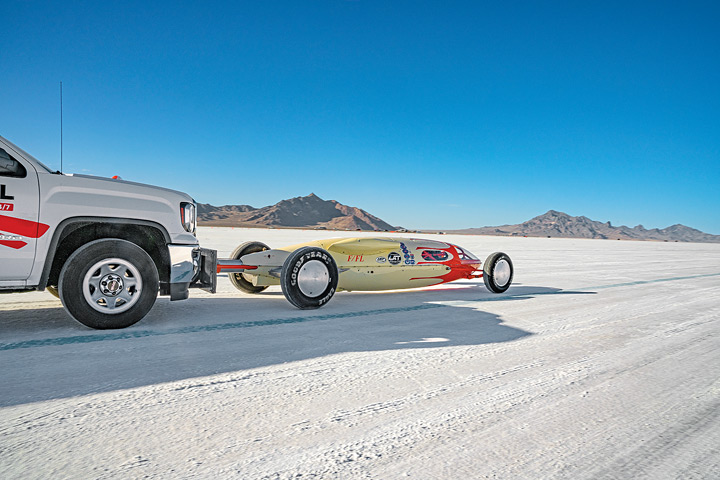
OF ALL THE danger, or perceived danger, in land speed racing, safety is a top concern among drivers and event organizers. No one enjoys a crash, and everyone wants to return to their families after crossing the finish line.
The fastest cars, like those driven by Dalton, are equipped with roll cages, automatic fire extinguishers and other safety measures. Before anybody can race, they not only register and pay a fee, but they also go through a safety inspection. Many of the racers must prove to the safety inspector that they can unbuckle and get out of their car within 30 seconds in case of a fire, all while wearing their helmet, fire suit and gloves.
Jim Adams, of Roy, has put more guys and gals than he can remember through his “bail-out” test as safety inspector at World of Speed. Adams was in high school the first time he came to the Salt Flats. That was 1958. He’s seen a lot of vehicles and a lot of drivers from around the world come and go at Bonneville.
They come from all walks of life, income levels and lifestyles.
“This is where it comes together,” Adams said, raising his arms toward the Salt Flats around him.
“Most guys, along with some of the ladies, have a little need for speed,” Adams said. “They come out and see if they are able to reach a record. Everyone wants to hit a record.”
This story first appeared in the September/October 2019 issue of Utah Life Magazine. 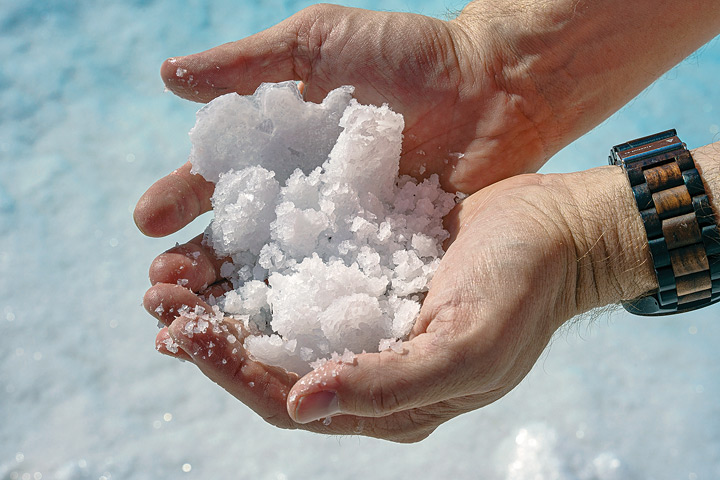
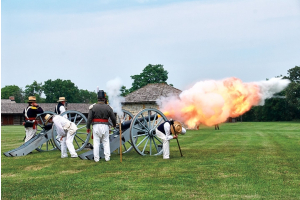
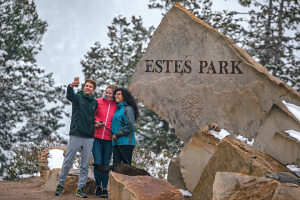

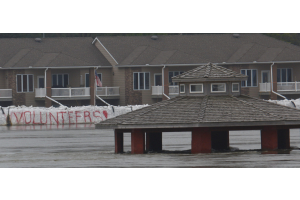
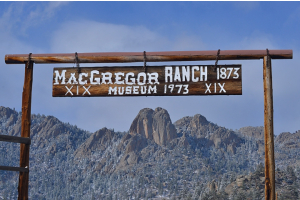
The information below is required for social login
Sign In
Create New Account